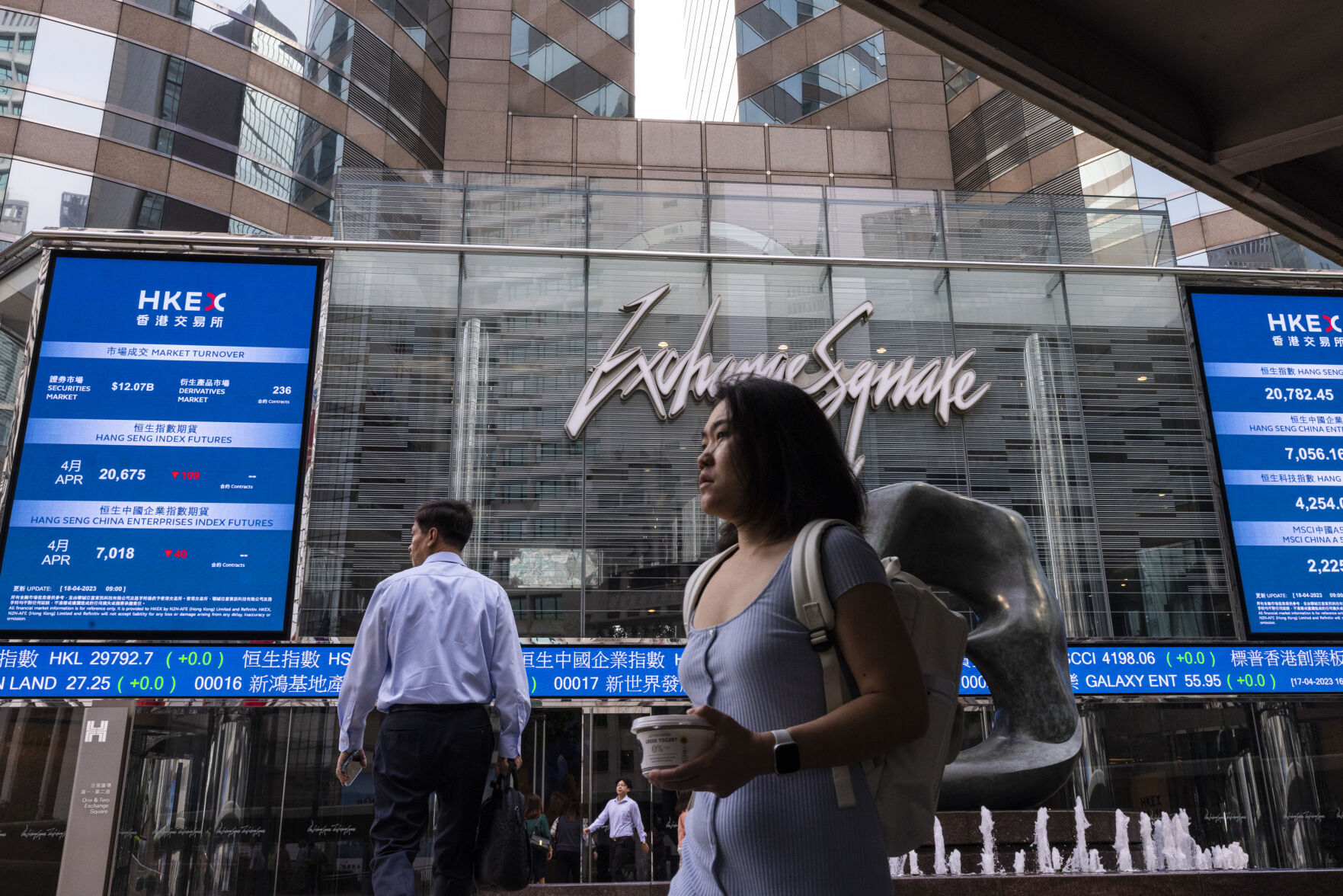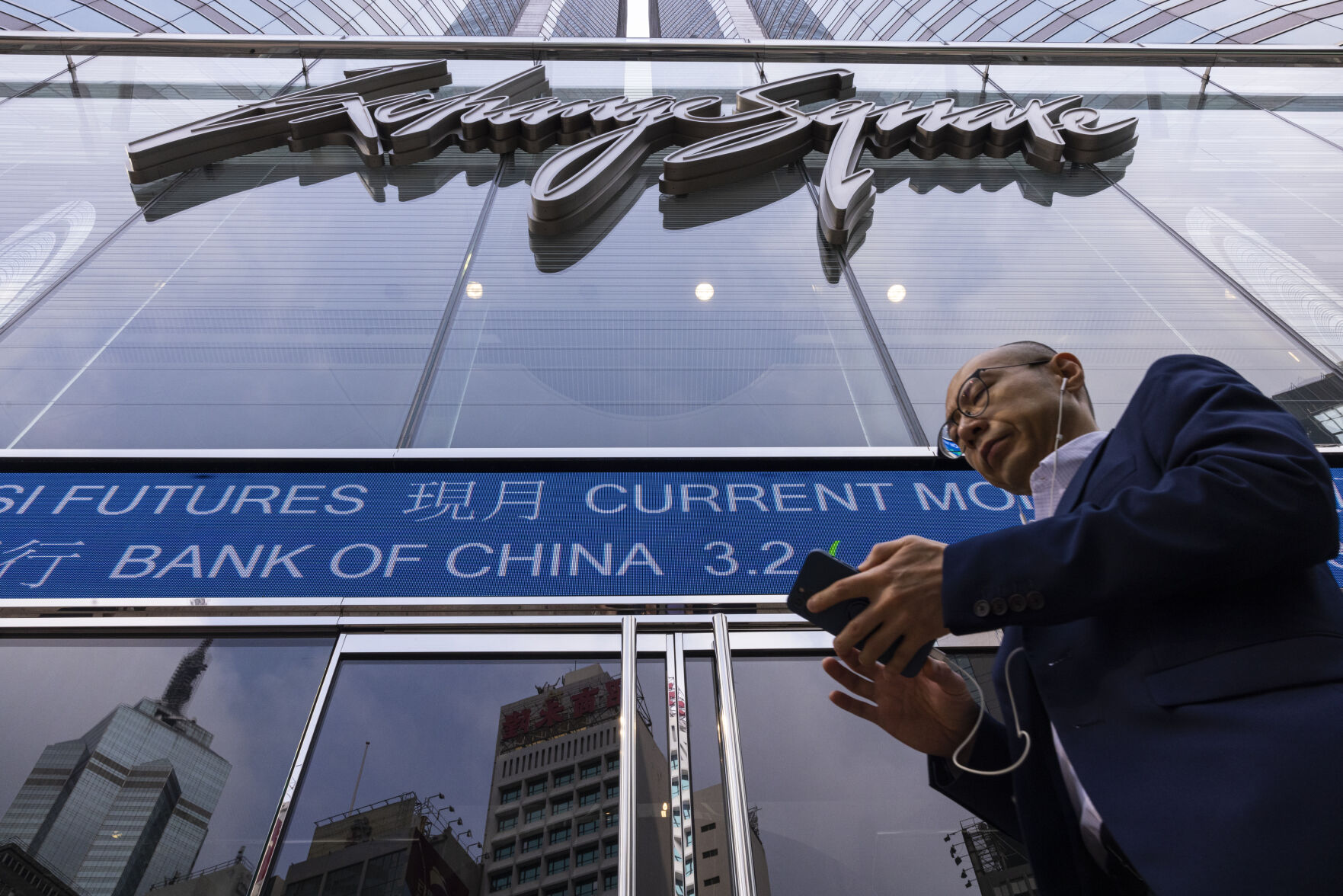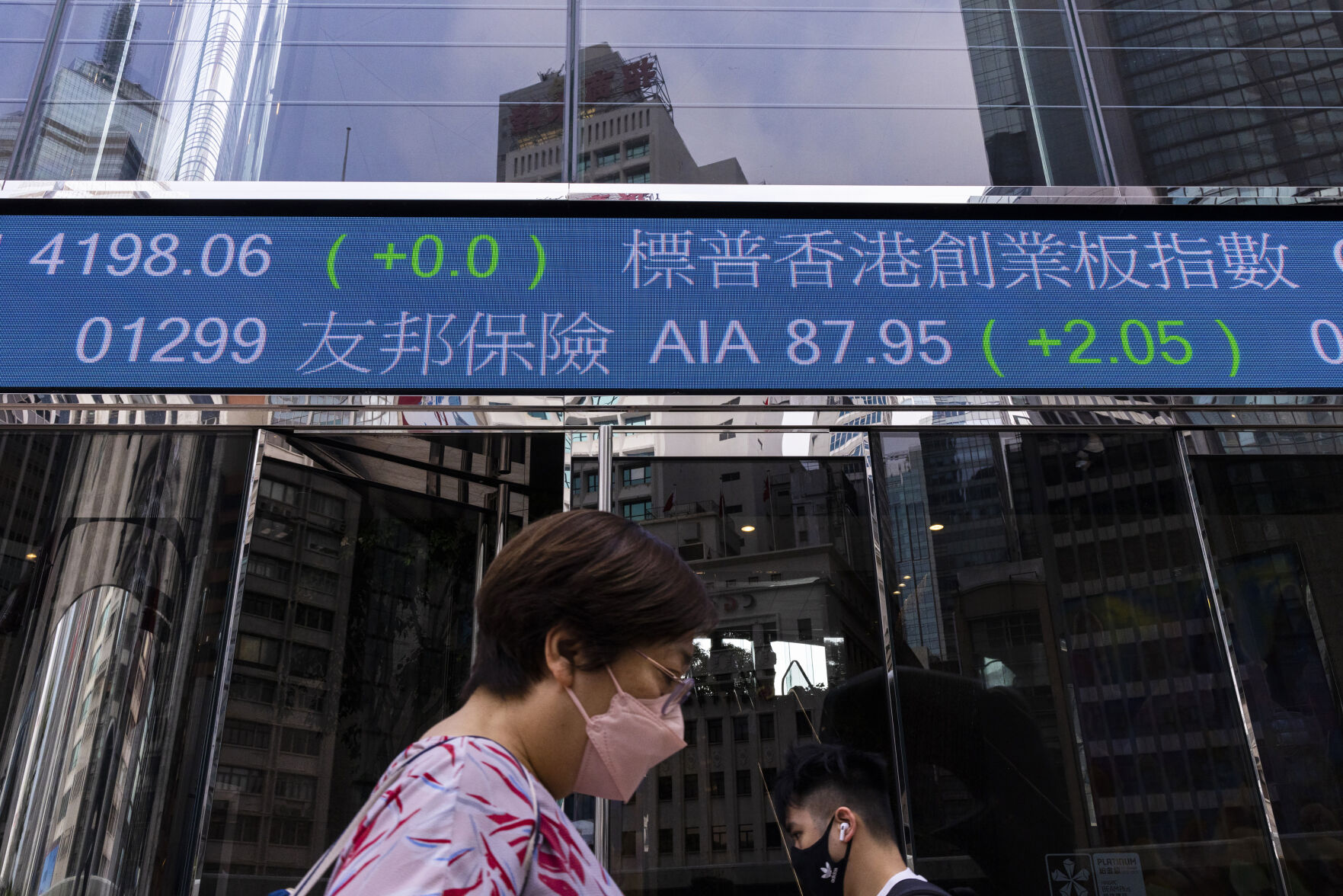NEW YORK (AP) — Wall Street is drifting Tuesday following a mixed set of earnings results from big companies and a stronger-than-expected report from the world’s second-largest economy.
The S&P 500 was 0.1% lower after swinging from small gains to losses in the morning. The Dow Jones Industrial Average was down 122 points, or 0.4%, at 33,864, as of 11 a.m. Eastern time, while the Nasdaq composite was 0.1% lower.
Lockheed Martin was one of the strongest forces pushing upward on the market. It climbed 3.1% after reporting profit for the latest quarter that topped analysts’ expectations. The majority of companies have been beating forecasts so far in the early days of this reporting season.
The bar, though, was broadly low amid Wall Street’s worries about still-high inflation, much higher interest rates and slowing in some sections of the economy. Analysts came into this reporting season forecasting the sharpest drop in earnings per share for S&P 500 companies since the pandemic torpedoed the economy in 2020.
Several companies stumbled after failing to meet expectations. Goldman Sachs fell 1.7% after its revenue fell short of analysts’ forecasts, though earnings topped expectations. It’s one of the most influential members of the Dow Jones Industrial Average, causing the Dow to lag the rest of the market.
Bank of America was 1% lower after drifting between gains and losses following a stronger-than-expected profit report for the first three months of the year. It’s the latest Wall Street bank to breeze past forecasts after turmoil upended the industry last month.
Health care stocks were broadly weak and the heaviest weight on the S&P 500 out of the 11 sectors that make up the index. Johnson & Johnson fell 2.3% despite reporting stronger profit than expected and raising its dividend.
Coming up later this week will be reports from several dozen more companies in the S&P 500. They include big names such as AT&T, Tesla and Procter & Gamble.
Much of Wall Street’s attention will be on smaller, regional banks set to report, such as KeyCorp. and Zions Bancorp. Their stocks took a hit last month following the second- and third-largest U.S. bank failures in history.
The worry was that customers could pull their deposits out of banks together at once, similar to the runs that toppled Silicon Valley Bank and Signature Bank. Most of the focus has been on regional banks instead of the massive “too-big-to-fail” banks like JPMorgan Chase and Bank of America.
Those big banks have so far been reporting better profits than expected, and their immense size may have helped lure deposits amid the turmoil. They’ve also been the highlights of the earliest days of this reporting season, helping to add some calm to markets.
“It appears that major bank earnings announcements helped soothe investors nervousness for financial stocks reporting in the upcoming days,” Stefano Pascale and other analysts at Barclays said in a report.
A larger worry for the economy is that the banking industry’s woes could cause a pullback in lending. That in turn could add more pressure on an economy already straining under the weight of much higher interest rates.
The Federal Reserve has jacked interest rates up at a furious pace over the last year in hopes of slowing high inflation. High rates can suffocate inflation, but only by slowing the entire economy in one blunt action, raising the risk of a recession and hurting investment prices.
Inflation is slowing, but it’s still high, and traders widely expect the Fed to raise rates again at its next meeting in May.
Treasury yields have been climbing recently on such expectations, but they were easing a bit on Tuesday.
The 10-year yield slipped to 3.55% from 3.61% late Monday. It helps set rates for mortgages and other important loans.
The two-year yield, which moves more on expectations for the Fed, dipped to 4.17% from 4.21%.
In markets abroad, stocks were mixed across Asia and modestly higher in Europe.
China’s economy accelerated in the first three months of the year and topped forecasts as consumers returned to shops and restaurants following the relaxation of anti-COVID restrictions. The hope is that stronger growth out of the world’s second-largest economy can help support the broader global economy. Still, some analysts remained cautious.
“This neither distracts from doubts around sustained growth recovery back above 5% nor does it adequately confirm recovery in private sector confidence critical to inspire a virtuous growth cycle,” said Tan Boon Heng at Mizuho Bank.
Analysts say new trade patterns will emerge since markets have been rocked by various political uncertainties such as the war in Ukraine, threatening supply chains and triggering fluctuations in consumer prices and moves by the world’s central banks.
“That period of relative stability may now be giving way to one of lasting instability resulting in lower growth, higher costs and more uncertain trade partnerships,” said Michael Every, global strategist at Rabobank. “Instead of more elastic global supply, we could face the risk of repeated supply shocks.”
AP Business Writers Yuri Kageyama and Matt Ott contributed.




